Nature's Return
Take a moment if you can to bathe in nature
When we moved from Toronto to Warkworth in Eastern Ontario in 1986, most of the trees here were quite small. Although a few large trees could be seen, most were mere saplings, having only begun their recovery from the pinnacle of deforestation caused by an extended period of intense agricultural activity and small scale lumbering across the region. Aerial photos by the Ministry of Natural Resources from the twenties, forties and sixties show a gradual denuding of trees. Photos of our own property in the sixties show every small contour of our land’s surface, the 43 acre property having been stripped bare by cattle.
However, by the time of our arrival, something else was happening. Family farms were starting to consolidate into larger properties and most were being sold off to corporations such as the canning plant in Trenton who were buying up large tracks to produce cash crops of soy bean and corn. These corporate farms began to focus on ever larger fields employing bigger equipment than had ever been seen in the area before. The writing was on the wall for the family farm and the landscape was changing dramatically as a result.
So while many hedgerows fell to the plow, still other became classified as marginal, unworthy of any sort of agricultural production. At the same time, folks like ourselves were moving from the city and buying up old farm houses with small properties attached which the corporations didn’t want and which we had no intention of turning into any sort of agricultural production. Time to let mother nature take back the marginal land, we thought. And so we did nothing with the land. We simply let nature take its course.
For the first time in a hundred years, the land was simply let be. And then 40 years past. Today, the area is still dominated by large farms. Agriculture is big business here. But the marginal lands of the past are now the natural oases of the present. A series of corridors allowing wildlife to return and even thrive. The trees and bush which were allowed to reforest now provide refuge and corridors of transit for a large numbers of flora and fauna. Nature has returned.
When we arrived in ‘86 almost all of the roads here were gravel. It was one of the tradeoffs of country living. If you lived on a milk route, dairy farms were still a thing back then, then you got priority for snow clearing in the winter, because the milk truck has to get through to bring the milk harvest to market. We used to have three dairy farms on our road. Now there are none. But that’s another story.
Of course gravel roads require constant maintenance. They are expensive to keep up. They wash out in heavy rain, the gravel sinks into the soil leaving deep potholes which then need to be filled. All of this is labour intensive. Paving is an obvious solution, but that too costs money. A lot of money. So the roads are paved on a priority basis. Those roads with the most traffic come first. The roads that have little traffic are lower priority and have to wait their turn. Then there are some roads that see so little traffic, it is hard to imagine they will ever be paved.
These are the roads I visited yesterday, when I took the scenic route into town. The winding side road that follows around the hill rather than going over it. Takes an indrect route from one farmhouse to another or to avoid having to build a bridg over a small stream. A road that now has a few cottages and even a couple of modern mansions but no working farms, so no need to make room for farm equipment. These are my favourite roads. Gravel, but well maintained now that the majority of roads in the municipality are paved, these roads are a delight to visit, to drive and to walk upon. Narrower than most roads, the trees reach up to the heavens on either side, their branches crossing high above to form tunnels of vegetation. Animals use these roads. Birds flitter back and forth. These spaces are intimate. Filled with the sights, smells and sounds of forest.
Daisies flourish in a sandy opening by the side of the road. They take advantage of the sunlight which eludes many other parts of the route. I should note that not all small farm holdings are gone. A few remain and some are returning. Small husbandry is making a comeback. While cash crops dominate the area, some cattle grazing still occurs, often at a much smaller scale than in the past.
Wooden fences form a shute at the edge of the road, directing cattle from a truck to a nearby grazing opportunity.
I stand in the middlle of the road to take in the scene. There is no traffic and if there were I would hear it coming. There is no chance of me being hit by a passing motorist. In fact, I see no other cars other than my own during the half hour or so I linger here.
The day was warm, temperatures reaching into the high 20’s (low 80’s in fahrenheit). In a few more days it will be summer. The tree canopy is now at its fullest having just leafed out in the past few weeks. In the dappled sunlight, the air is wonderful to behold. I inhale deeply. Quiet is the order of the day. Most of the birds have finished their morning routines and have retired to their roosts for the middle of the day. A few butterflies and a scattering of bees are among the few obvious signs of the living creatures that are no doubt all around me. Mosquitos are not yet an issue and even horseflies are thankfully absent for the scene. I wish I could bottle moments like this. So peaceful. So distant from our modern world. No telephones ringing. Not social media to disturb or distract. Just a peaceful moment in an otherwise typical day. A few minutes respite.
Nature is not hard to find and it’s worth stepping away form our normal routines to seek it out.
The Campbellford Seymour Conservation Area pictured above in my parting shot is just minutes away from the other images taken here and only a few steps off Seymour Quarry Road at the south end of Campbellford.
If you have the opportunity to do a little forest bathing where you live, I encourage you to do so.


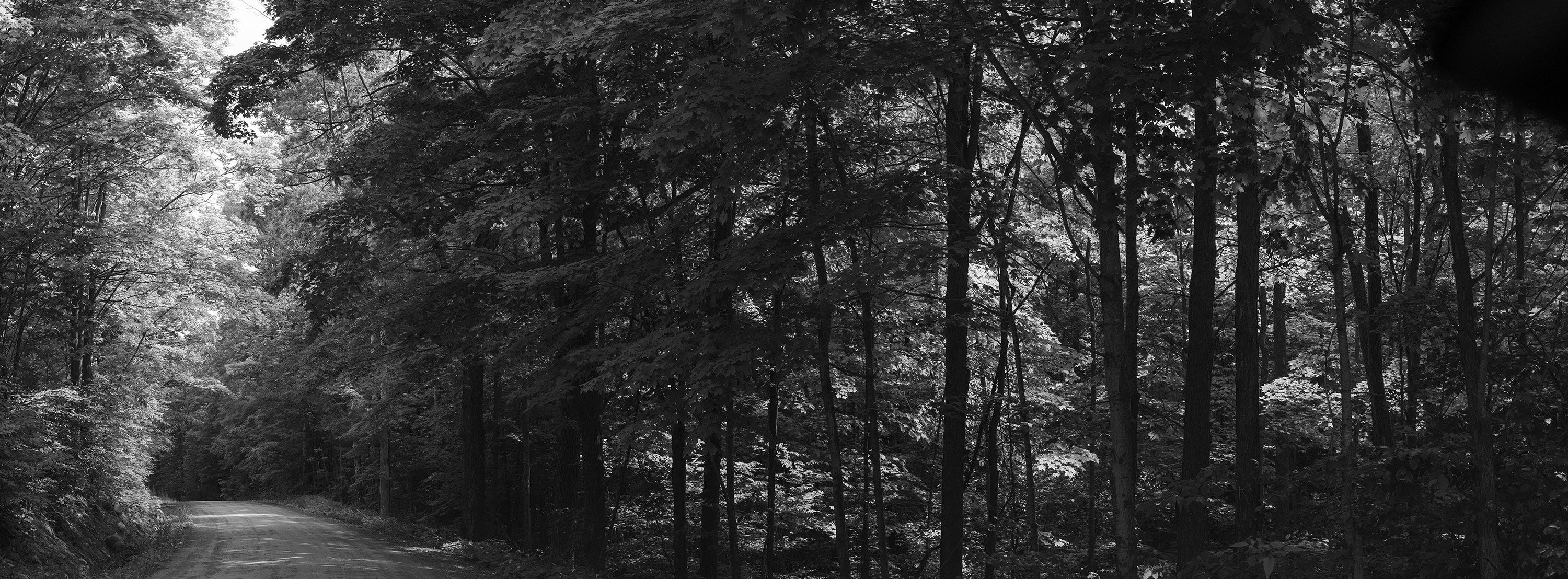
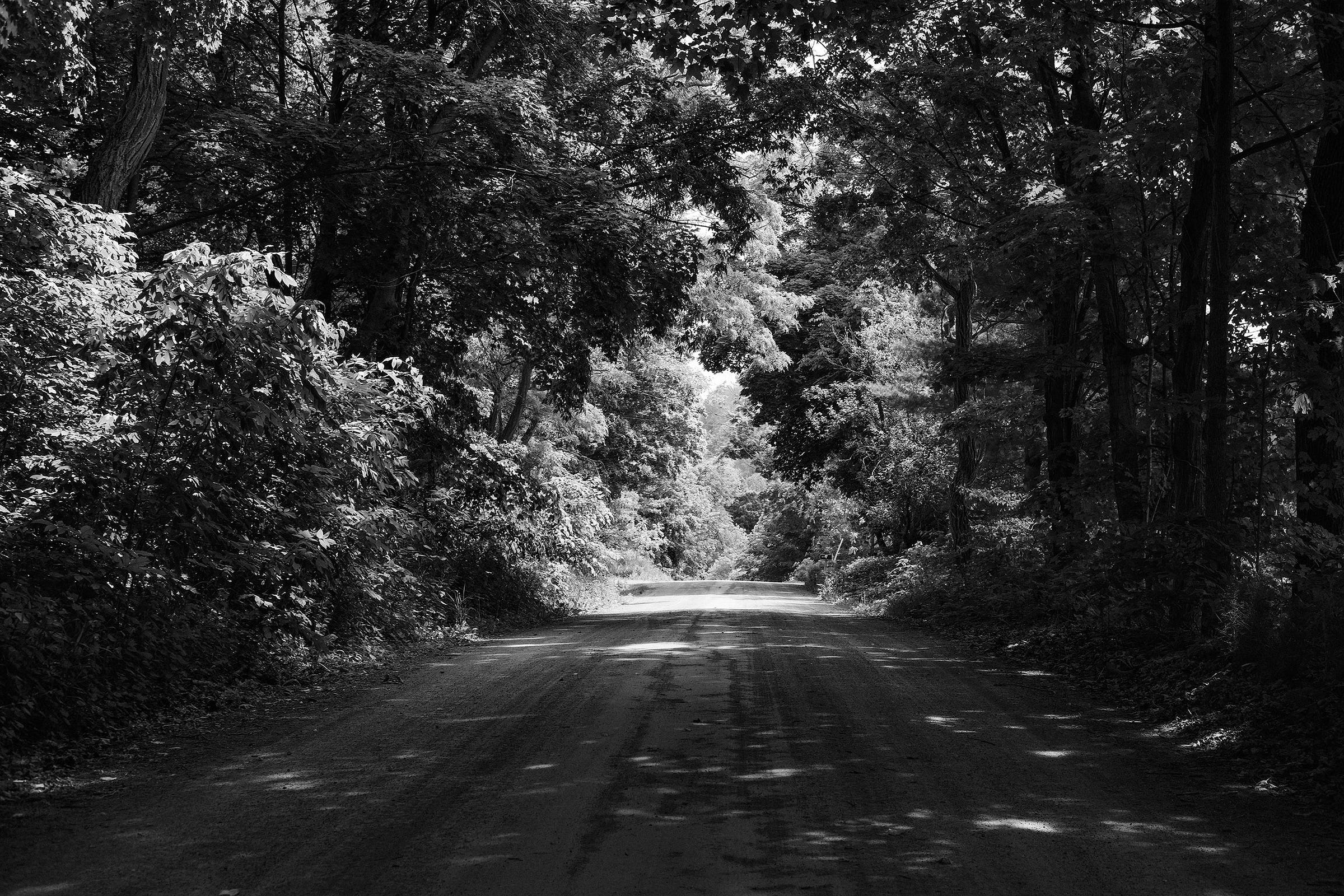
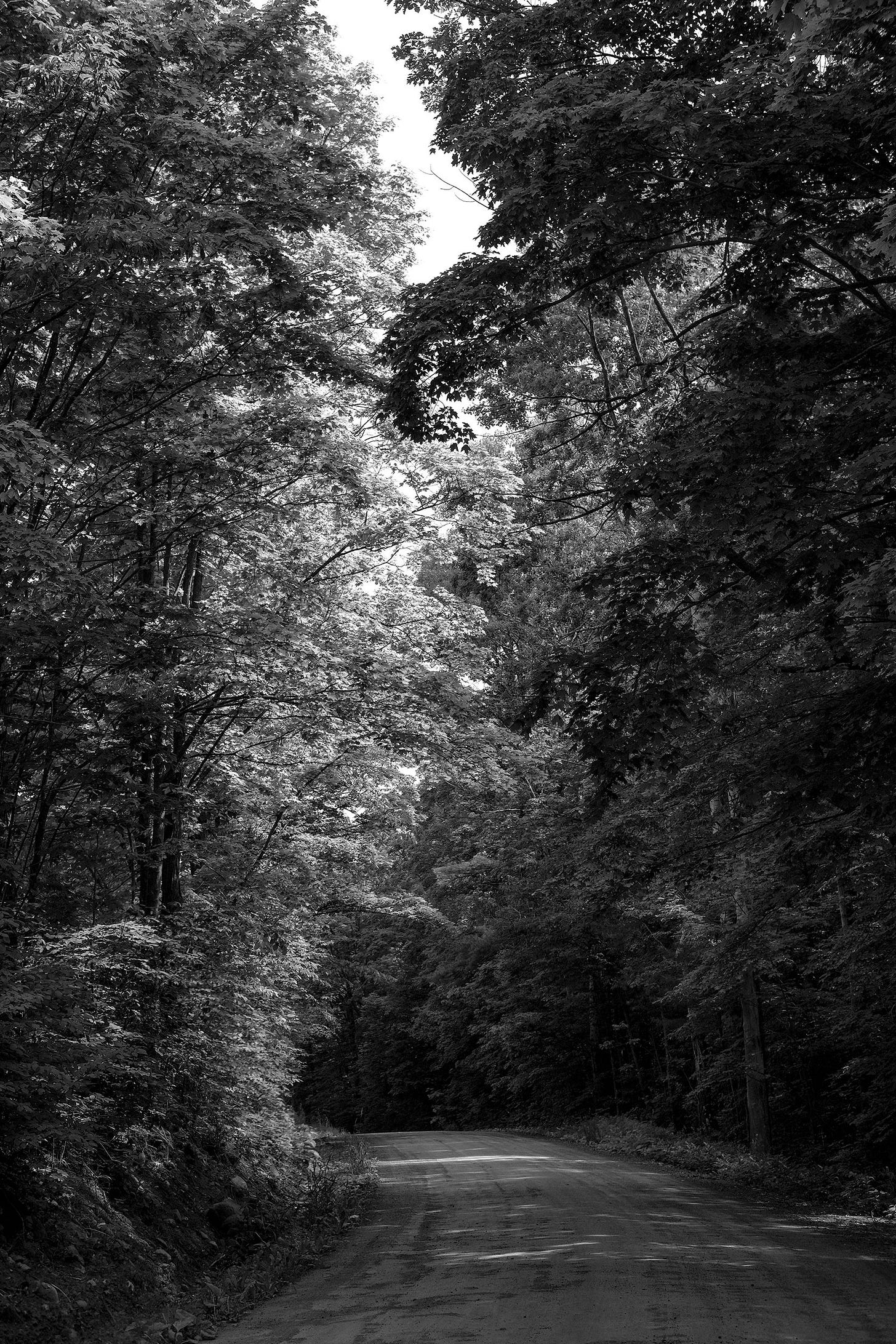
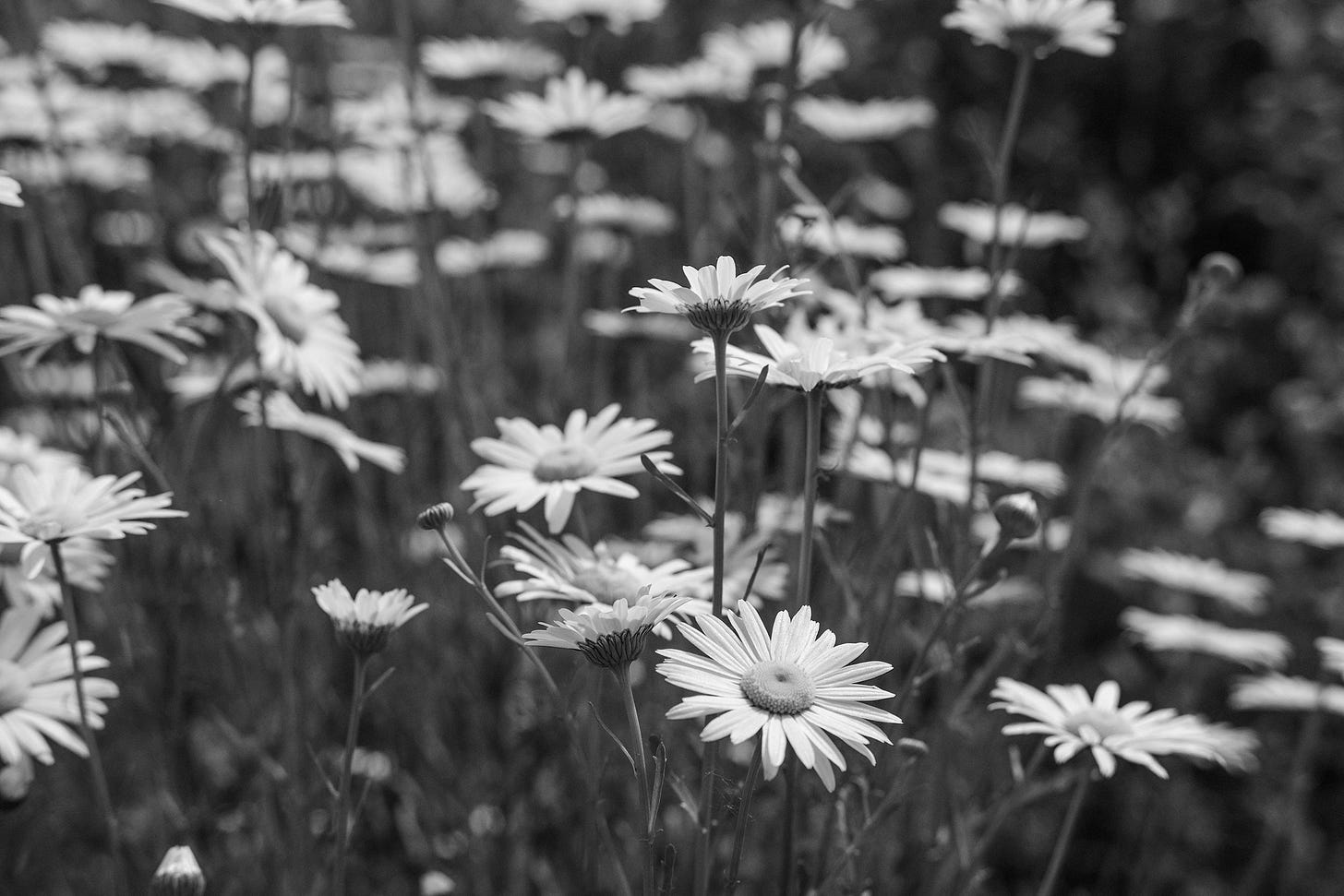
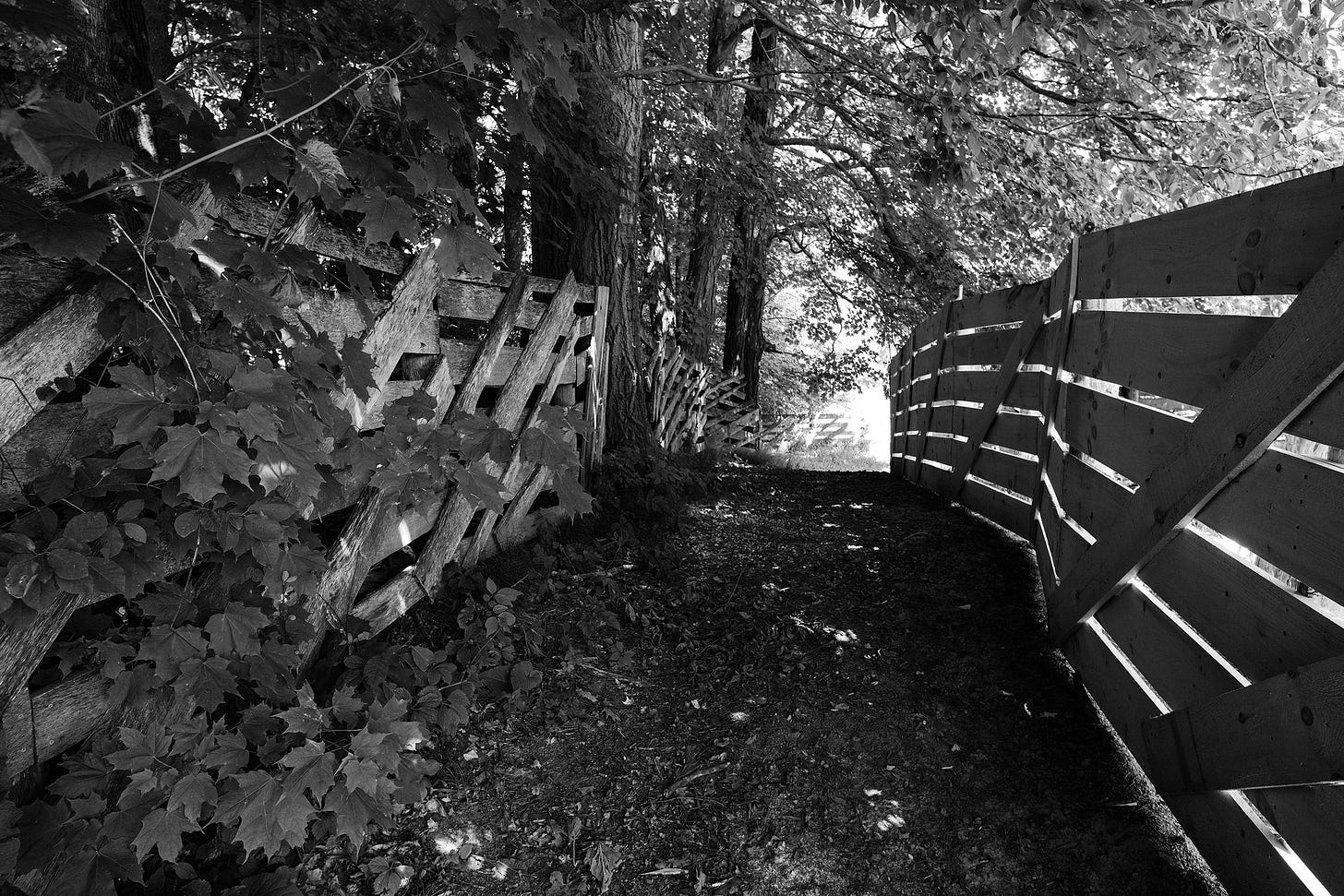
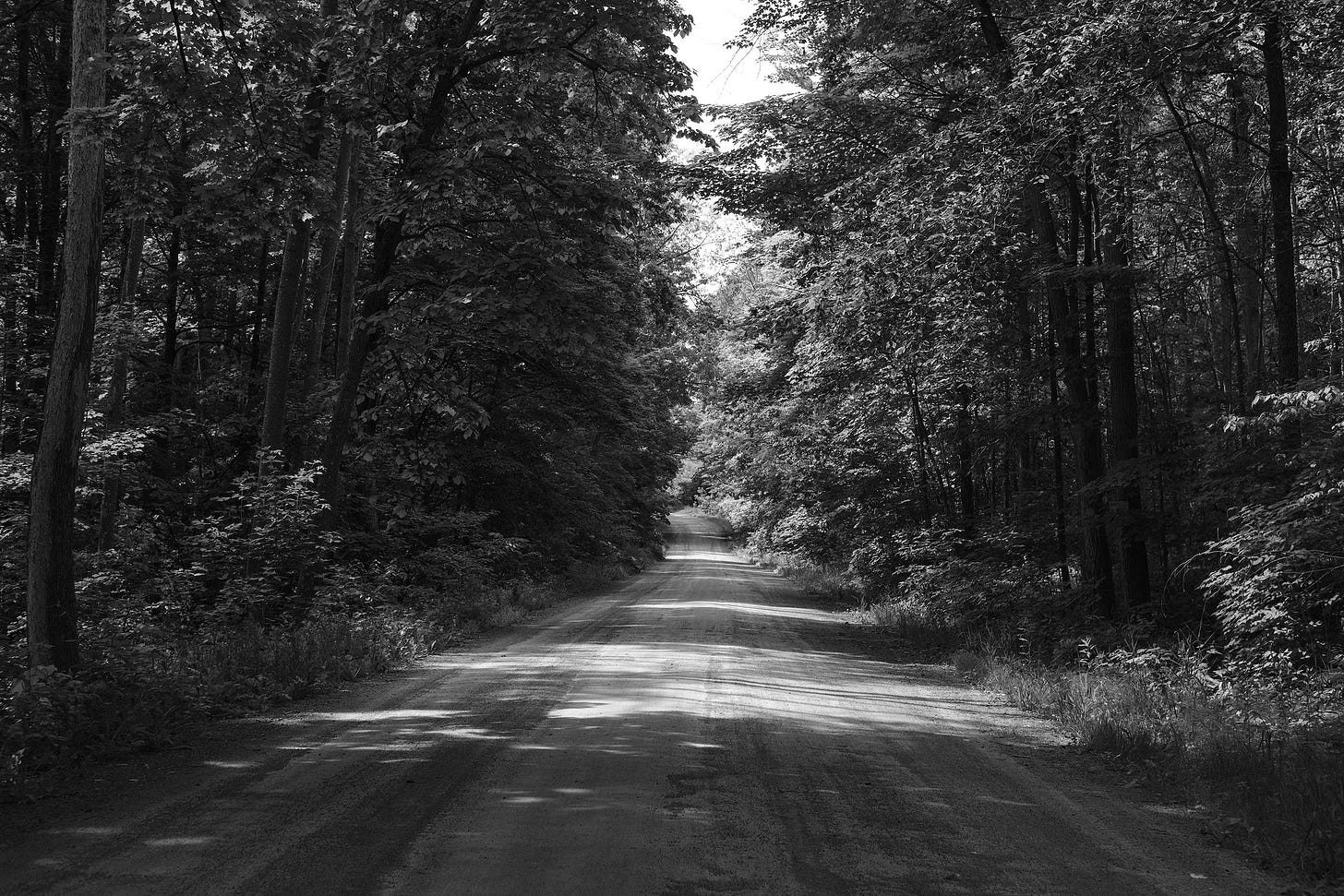
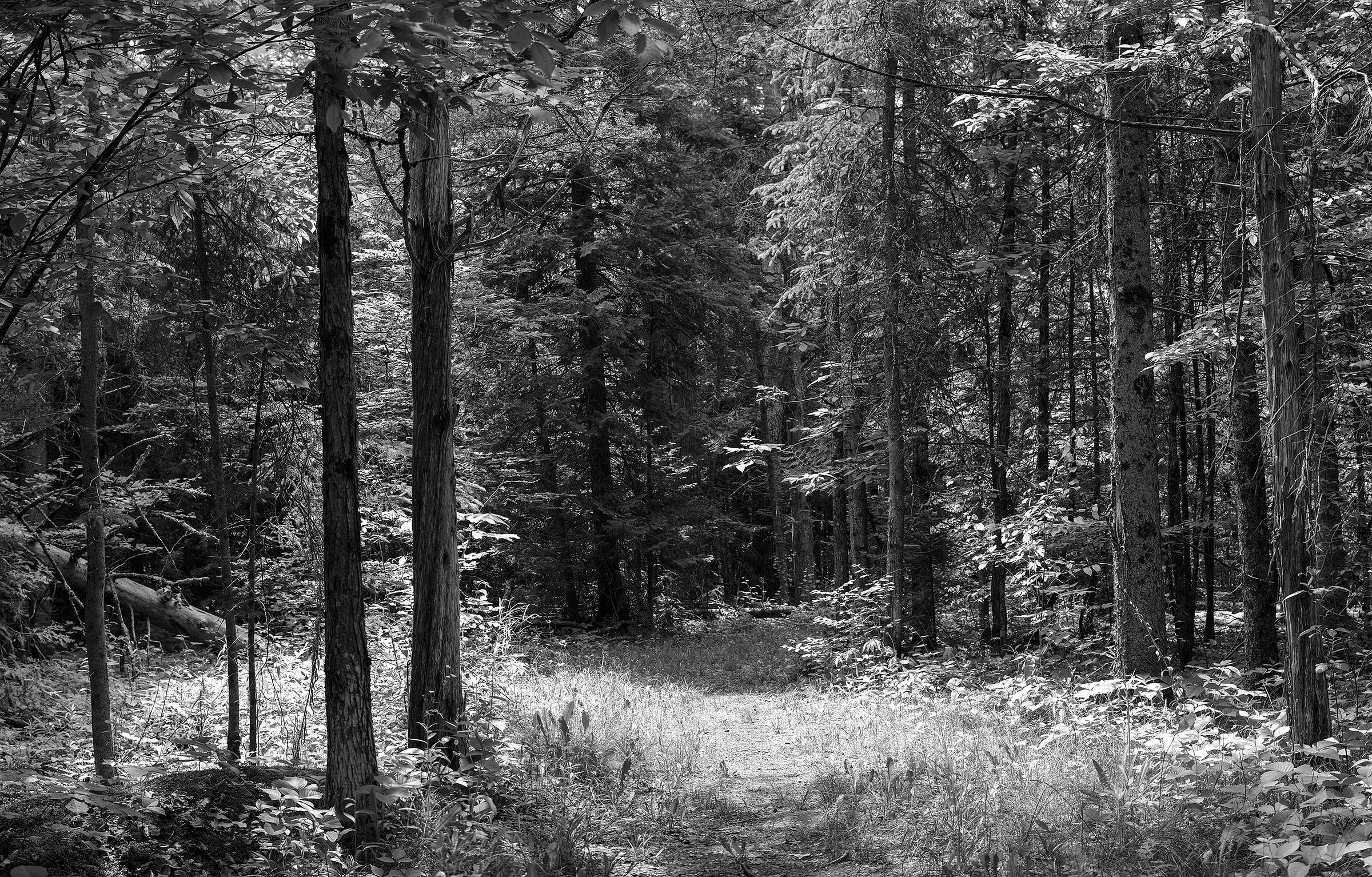
Starting at the age of four my father would send me outdoors with a pad of paper and a stub pencil telling me to sketch what I saw. It was the beginning of my appreciation for the smallest details in nature. Thank you John for doing the same with your camera
Beautiful post, John. This is a great tribute to letting the land and natural environments heal themselves.